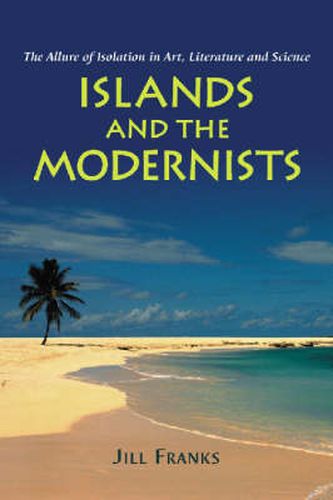This study examines five modernists in different disciplines - biology, painting, drama, fiction, and anthropology - whose work on islands made them famous. Charles Darwin challenged every presumption of popular science with his theory of evolution by natural selection, derived from his study of the Galapagos Islands. Paul Gauguin found on Tahiti inspiration enough to break through the inhibiting traditions of the Parisian art world. John Millington Synge’s experience on the Aran Islands off the coast of Ireland gave birth to a new style of drama that defied classic divisions between tragedy and comedy. D.H. Lawrence’s life-long search for a Utopian community culminated in his famous short story
The Man Who Loved Islands,
a story that poignantly portrays the tension between idealism and realism, solitude and human intimacy. Finally, Margaret Mead began her career in anthropology by studying the remote South Sea Islands and through her work acquired the sobriquet
Mother of the World.
The text explores the extent to which islands inspired these radical thinkers to perform innovative work. Each used islands differently, but similar phenomena affected their choice of place and the outcome of their projects. Their examples illuminate the relationship of modernism to alienation and insularity.





